I recently had surface mount inductor fall off my board due to vibration fatigue. The lead actually broke off on the component where it enters the gray material. https://www.digikey.com/en/products/detail/bourns-inc/SRP1265A-150M/4876713
This particular inductor is quite heavy, so I am looking for a lighter version, but wondering if there is another option for ruggedizing the heavy components on my board. It is in a very rough/vibey environment, and it needs to be heatsinked to the housing so I can't rubber mount it.
Is there an epoxy that is commonly used? Or a method of board design or component selection to prevent issues like this? I did some research and I'm unclear if you put epoxy under the component or over the top after reflow. Thanks guys.


